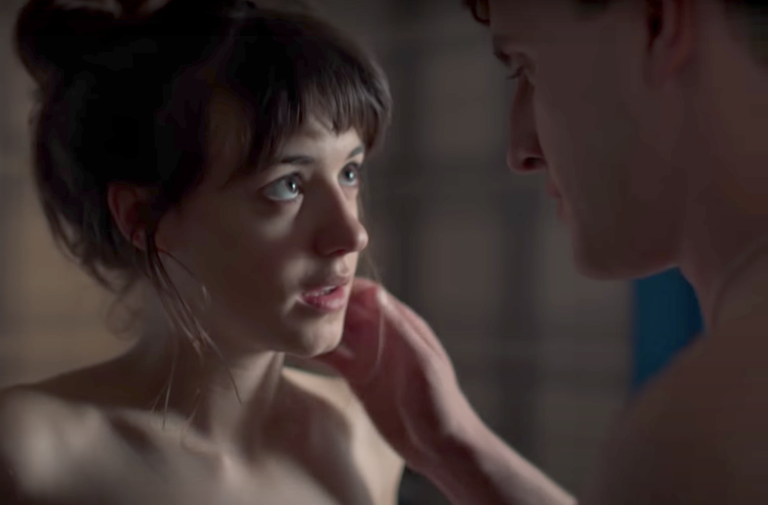Do we need sex scenes on TV?
By Emma Wilkes
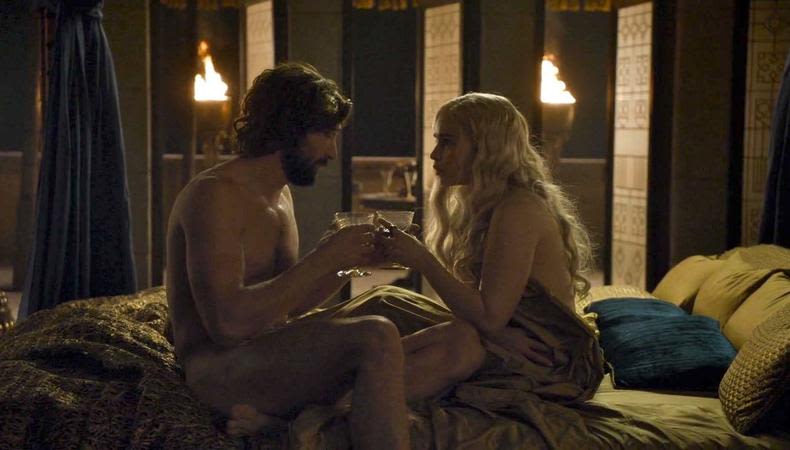
When we haven’t been talking about Covid-19, we’ve been talking about sex scenes on TV. Bridgerton, a common lockdown conversation starter, has aroused responses from “Hurrah, cunnilingus on TV!” to “Was that scene in Episode six consensual?”
It’s taken us out of our very British mindsets and helped put a dent in a taboo that needed breaking down. More recently, Keira Knightley has waded in to the debate, announcing that she refuses to do sex scenes in films directed by men. But is society past the need for sex scenes on TV? Perhaps not.
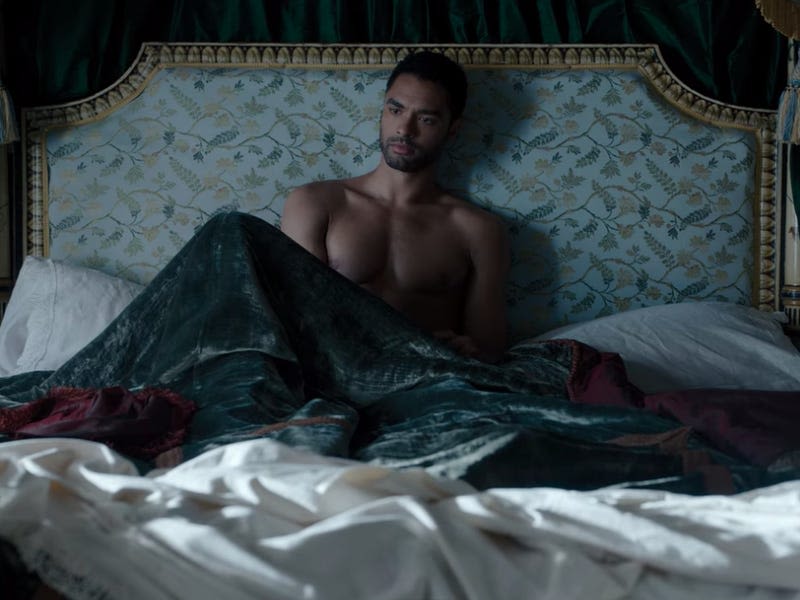
“Need”, however, is perhaps not the right word to use. Sex scenes are never a requirement for a good TV show. That doesn’t mean they serve no purpose aside from titillation however, and any good writer or director will understand that. Sex scenes can reveal so much about a character or a relationship in a way that's hard to replicate in other dramatic situations.
For example, Sex Education’s first episode opens with a graphic sex scene between Adam (Connor Swindells) and Aimee (Aimee-Lou Wood), but it's where we learn of Adam’s performance anxiety and Aimee’s lack of prioritisation of her own pleasure. Any other way of revealing this information might not have been so effective. Indeed, the whole show probably wouldn’t work without at least some sex scenes, as seeing the couples Otis helps is how we best understand the problems he's trying to solve.
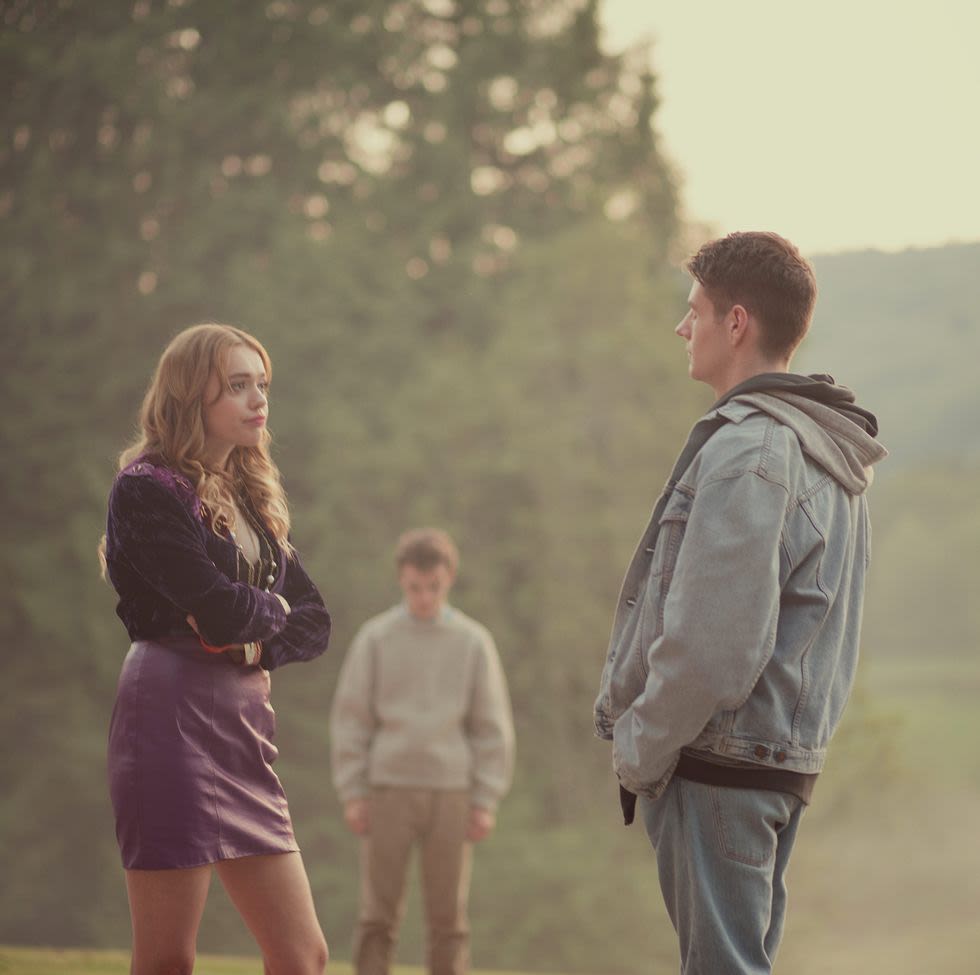
Likewise, seeing sex on TV perhaps serves another non-dramatic purpose: it can help to normalise and destigmatise sex. Taboos around sex transform it into something that appears forbidden and even dangerous, and such attitudes are usually more harmful than helpful.
Curiosity or sexual problems don’t go away by pretending they are somehow wrong. This is especially the case with non-heteronormative and non-phallocentric sex which has been erased for decades as the result of homophobia and the subsequent stigma. Sex scenes, in all its forms, forces us to confront the stigma head on by making it visible and everyday rather than hidden and shameful.
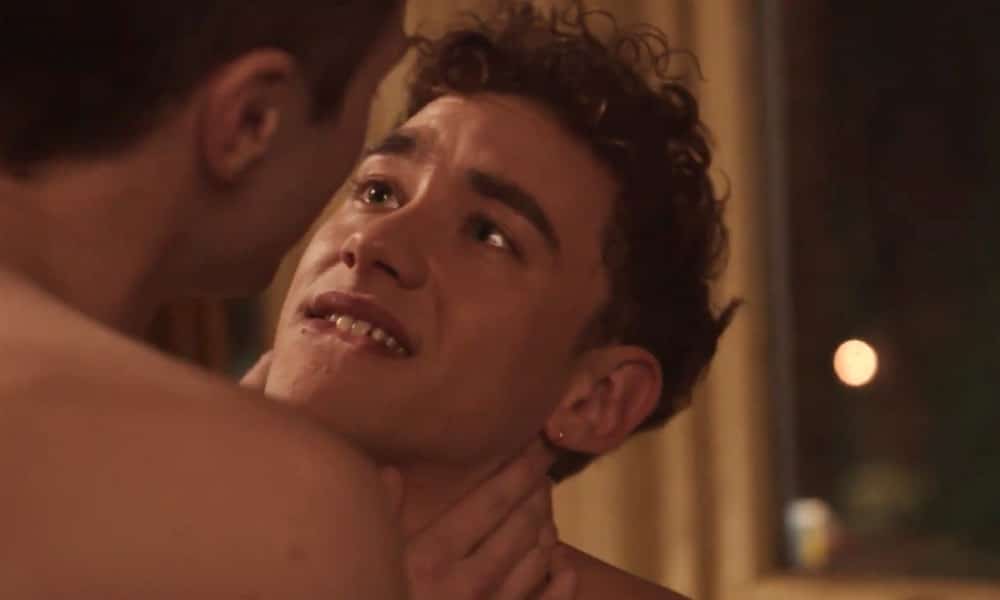
Some sex scenes are unintentionally uncomfortable to watch. Sometimes they feel cheap and sleazy, especially those that don’t even try to hide their efforts to cater to the straight male gaze. However, everyone, especially when they are growing up, needs to see what sex looks like and it’s better that it’s on TV than on Pornhub.
Although TV sex scenes certainly don’t always get it right, they surely get it right more often than the frequently violent, phallocentric and unrealistic scenes in porn. TV shows us good sex, bad sex, loving sex, casual sex and everything in between while in porn, all that changes are the positions and the costumes.
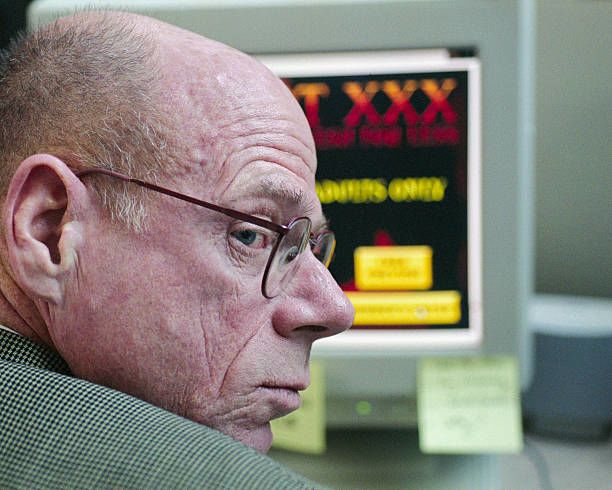
Of course, the success of a sex scene lies in its execution. Sometimes on screen sex isn’t all that far removed from porn if it presents sex unrealistically (especially where female orgasms are concerned – see Bridgerton’s infamous ‘library scene’).
Important conversations have also been had about the ethics and comfort of actors involved, the antidote to which is the emerging role of the intimacy coordinator. Used in shows like the aforementioned Sex Education and Bridgerton but also the likes of Normal People and It’s A Sin, they are now considered the gold standard for sex scenes on TV, choreographing sex scenes like a fight or dance and ensuring actors’ consent and boundaries are respected at all times.
With this, and with greater awareness of the other potential issues on screen sex can create, we will hopefully see better sex on TV – more realistic, less centered around the male gaze and more ethical. Now that sounds hot.
